The COVID-19 pandemic reminded us of how important good hygiene is for health. Regularly washing hands is effective at keeping harmful bacteria at bay, but all of this can easily be undone as soon as you touch your phone. Mobile phones are thought to harbour 10-18 times more bacteria than the average public toilet. If you’re holding one right now, don’t panic. We’ll let you know exactly how to clean your phone so that it is free of bacteria and germs.
What Germs are on Your Mobile Phone?
Constant touching and infrequent cleaning make mobile phones one of the dirtiest objects in our lives. Studies have shown that a mobile phone can be in a person’s hands for an average of three hours every day, with super users likely to touch their phones more than 5000 times a day. This means that we are constantly exchanging germs between our hands and our phones. What makes this worse is that mobile devices are seldom cleaned.
A recent analysis of peer-reviewed studies on phone cleanliness showed that 68% of phones studied were contaminated. This number is likely an underestimate as studies often looked only for specific bacteria, so non-target specimens that are still potentially harmful could have been found but were not counted.
Researchers at the London School of Hygiene and Tropical Medicine conducted a study in 2011 which found that one out of six mobile phones were contaminated with faecal matter. This should come as no surprise to Australians, as up to 40 percent of us are bringing our phones into the toilet.
Phones are Hotbeds for Viruses and Bacteria
Our phone-use habits make them almost perfect hotbeds for viruses and bacteria. Impurities make their way to your mobile phone via air particles that settle, and are also transferred from your hands, and other people touching it. When we speak into our phones, droplets from our breath are deposited onto the surface. This can be particularly problematic if you are sick.
 Image Credit: Shutterstock
Image Credit: Shutterstock
We often also have our phones on the table when we eat or handle them during a meal. Deposited food particles provide a food source for microbes which helps them to thrive on your phone. When we put them in our pockets and bags, the heat from our phones creates a warm environment which helps pathogens survive. Your phone also collects germs from the inside of your pockets and bags - places that are also rarely cleaned.
When you consider these aspects on top of irregular cleaning, it’s easy to see how germs can thrive on your mobile phone and spread.
Can you Catch Coronavirus from your Mobile Phone?
It is thought that the main transmission method of Coronavirus is through saliva or tiny airborne droplets released from a cough or sneeze. A recent study from the CSIRO has found that SARS-CoV-2 can live for up to 28 days on glass surfaces such as your mobile phone screen. It is unclear how much of that time it is contagious. Unless you are sharing your mobile phone with someone who is infected, the chances of catching Coronavirus directly from your phone is low, however, if you get the virus on your hands through touching a contaminated surface, such as an ATM or self-serve checkout screen (other surfaces that the virus can live on for up to 28 days), then touch your phone screen you are risking contaminating your phone.
As we are still counting new cases and waiting on a vaccine, all preventative measures should be taken. This includes continued good personal hygiene practices which should extend to your phone, particularly because it is used so much. This includes cleaning (which we explain in the next section) and behavioural precautions that include not sharing your phone with others and keeping it stowed away as much as possible in public.
You’re Probably Not Cleaning Your Phone Enough, or Correctly
Given the high-use and potential for germ infection and transmission from a mobile phone, the suggestion is to give your phone a thorough clean daily. During a pandemic, we would even suggest cleaning it more frequently, particularly when you come home from an outing.
Most people use glass cleaner or alcohol wipes to clean their phones, but some phone manufacturers would advise against this, as they can damage the protective film on the glass. It is also quite difficult to properly clean your phone with a wipe, especially with the haphazard ‘quick wipe’ method that most people use. The cleaning solution is often not equally distributed, will not reach or clean tiny nooks and crannies, and is usually not left on for enough time to kill bacteria.

Image Credit: tirachardz / freepik.com
Ultraviolet (UV) light cleaners are a better solution for sanitising phones. UV light cleaners sanitise by flooding the contaminated surface with UVC light (one of the three light waves in the UV spectrum). These light waves disrupt the DNA and RNA of viruses and bacteria which renders them inert and stops them from spreading.
UV light treatment has been used in hospitals, water purifiers and is now being used to disinfect New York City subways daily. In the wake of the pandemic, Samsung Singapore has even started to offer free UV sanitising devices to Samsung Galaxy owners to help promote good phone hygiene.
Using UV light to clean your phone is also better for the environment than alcohol wipes. Disposing of soiled wipes is causing damage to sewers when flushed down the toilet. The chemicals in wet wipes are also causing problems in landfill when they are binned. UV cleaners are chemical-free making them kinder to the environment.
It is worth noting that it is too soon to know how effective they are against coronavirus in particular. However, Associate Professor Richard Sugrue from the Nanyang Technological University notes that even though UV light has not been studied as an effective germicide against Covid-19, any convenient sterilisation tools such as UV light cleansers are a positive.
How a UV Phone Sanitiser Works

So, how do you clean your phone with UV light? The answer is with a UV Phone Sanitiser. A UV Phone Sanitiser uses the shortest and highest energy UVC waves to disrupt and kill small pathogens. It is designed like a miniature tanning bed for your phone and other small items, with UVC emitting bulbs and reflective surfaces inside the box that ensure a 360 degree clean.
The capsule design of most sanitisers keeps all of the waves inside which eliminates the potential for exposure to the user. A UV Phone Sanitiser can be used on any item that fits into the interior without touching the edges. This is because if something touches an edge, it means that light cannot shine into this spot. Some UV Phone Sanitisers can fit larger mobile phones (up to 7in/20cm) such as an Apple iPhone 11 Pro Max, Samsung Note10 Plus and more. They also have a wireless charging option for newer phones with this feature.
The small size and charging function makes them very versatile – they can easily go with you to work or on your travels. The built-in automatic shut-off feature provides safety for use at home around small children. It is also easy to use, making it the ideal way to practise good phone hygiene.
All you need to do is place the phone inside, then choose the preset sanitising cycle. We suggest taking this opportunity to wash your hands while you wait for the LED indicator to let you know when the cycle is complete. Once it’s done, you can continue to use your phone without worrying about what harmful germs it may be harbouring.
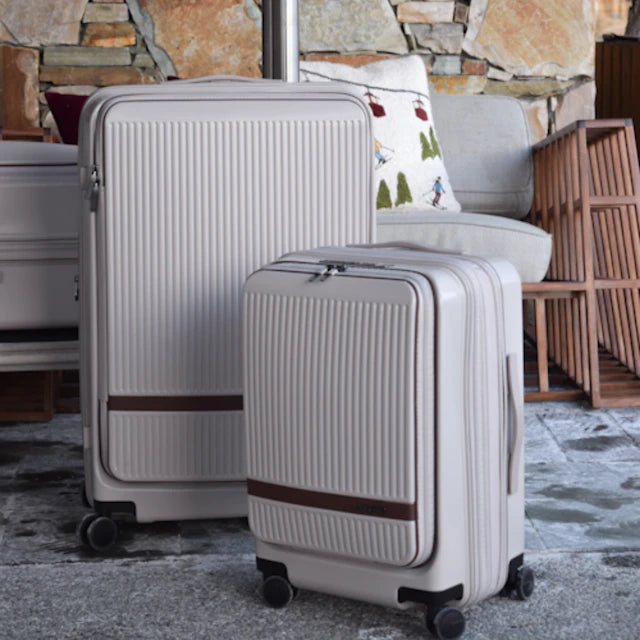
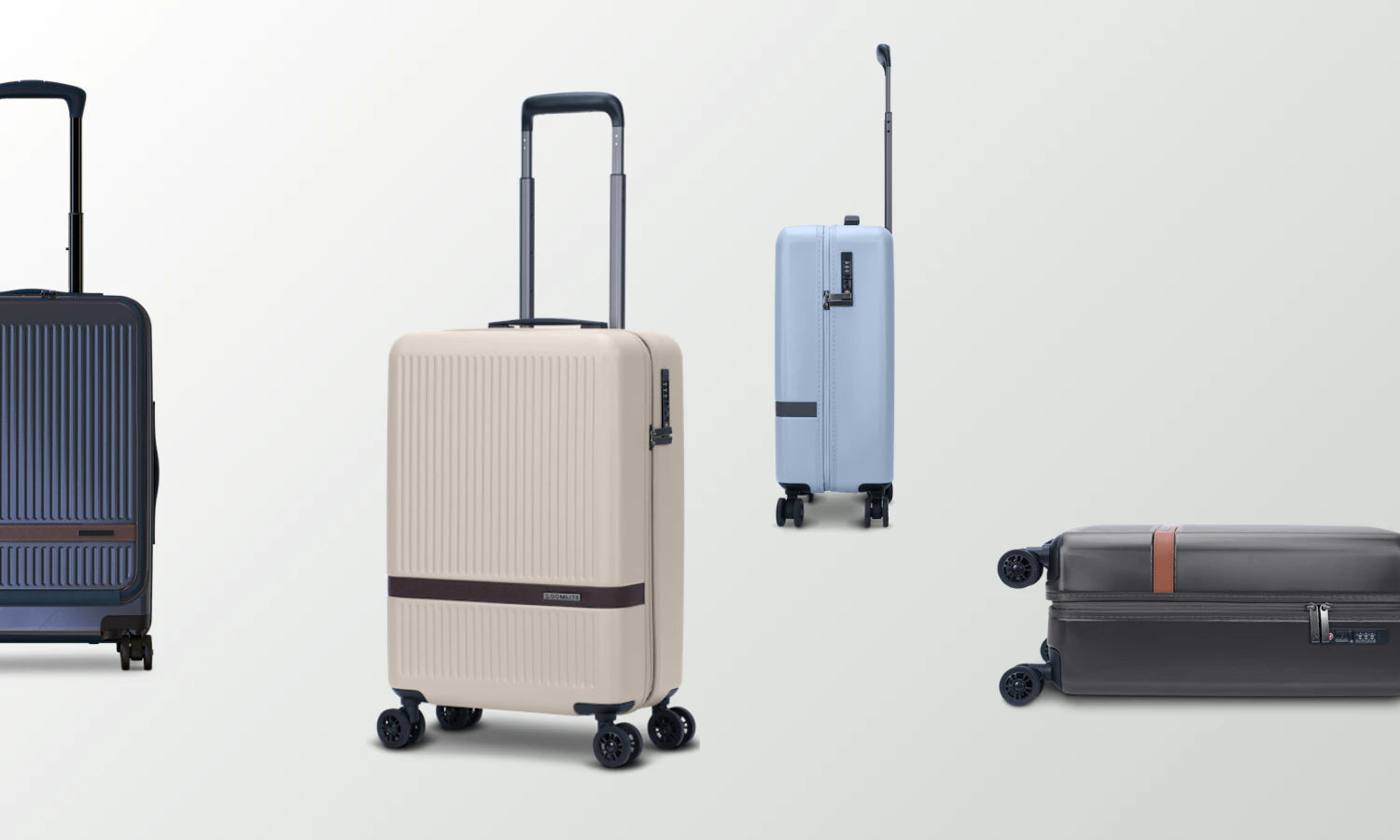
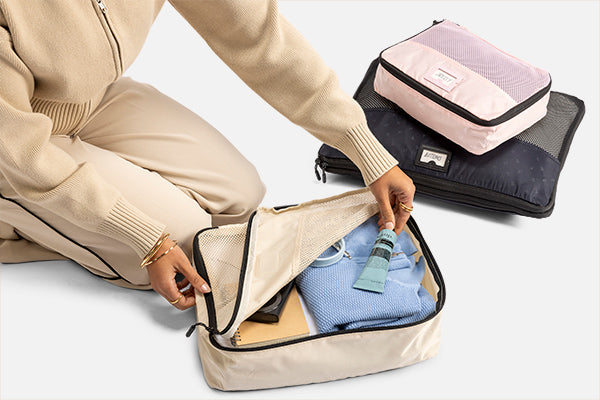
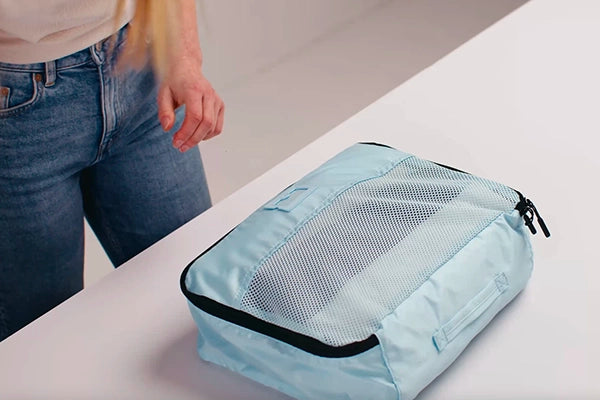
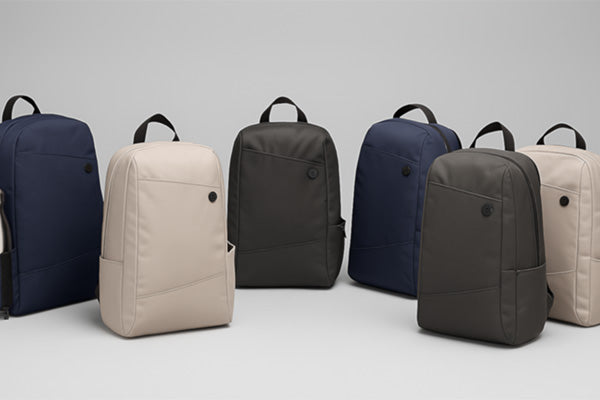
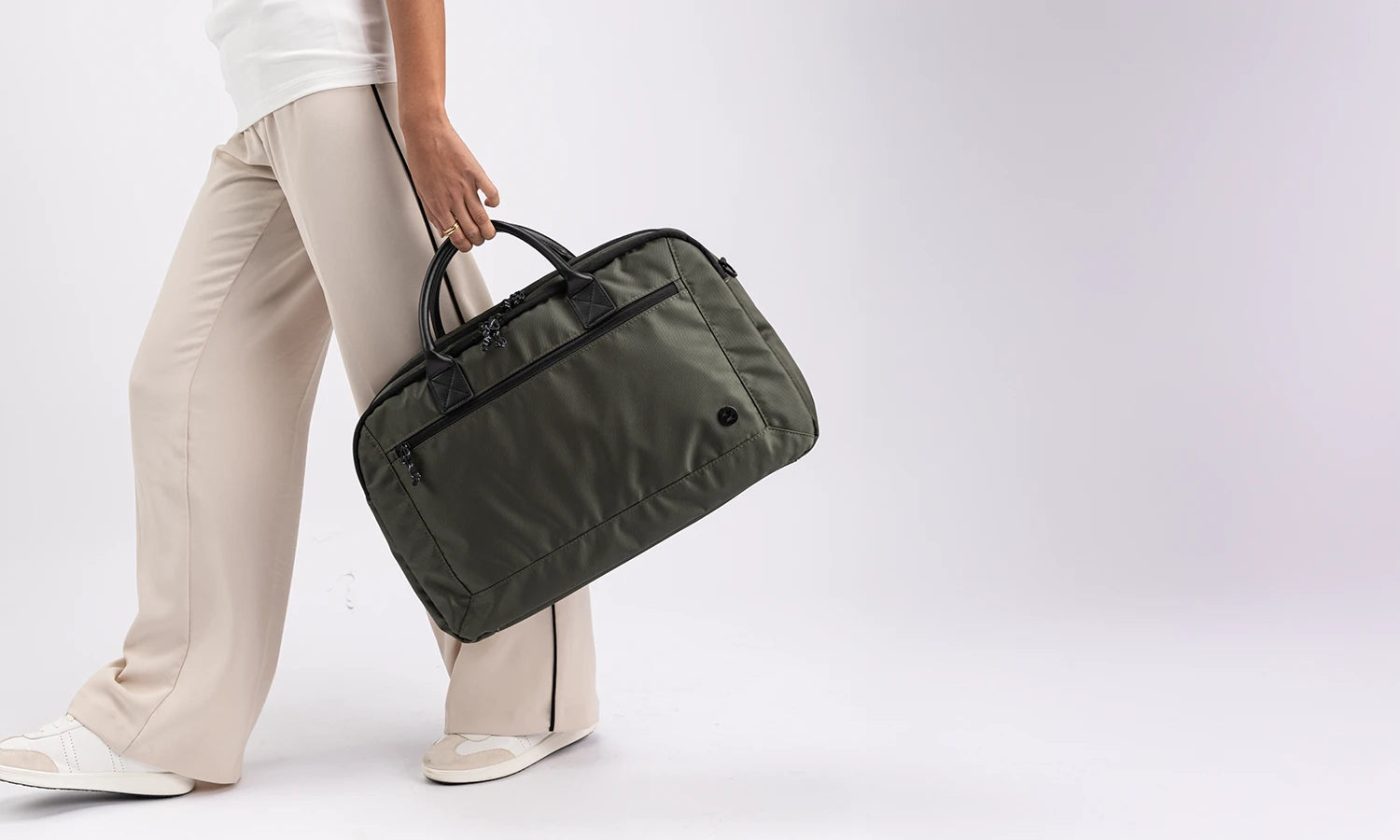
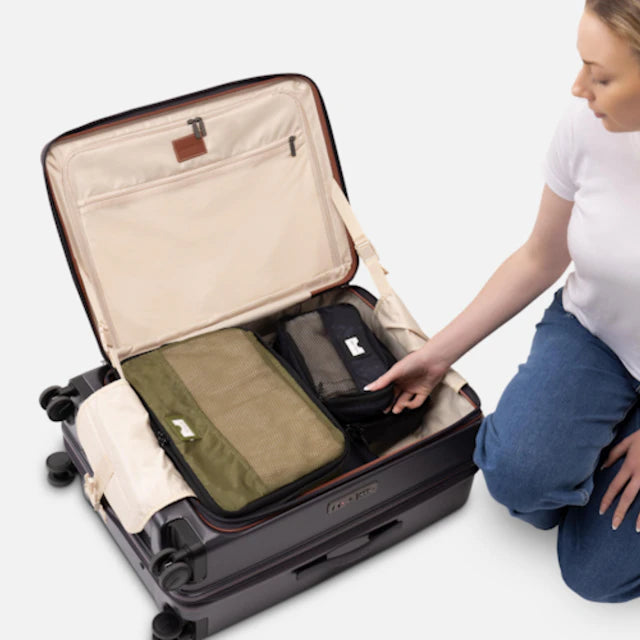


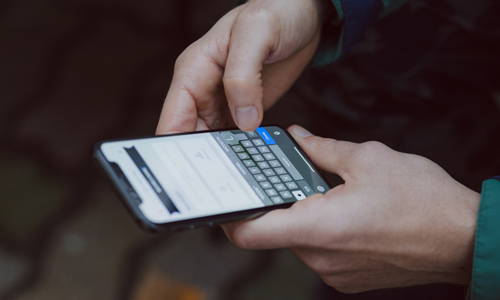




Leave a comment